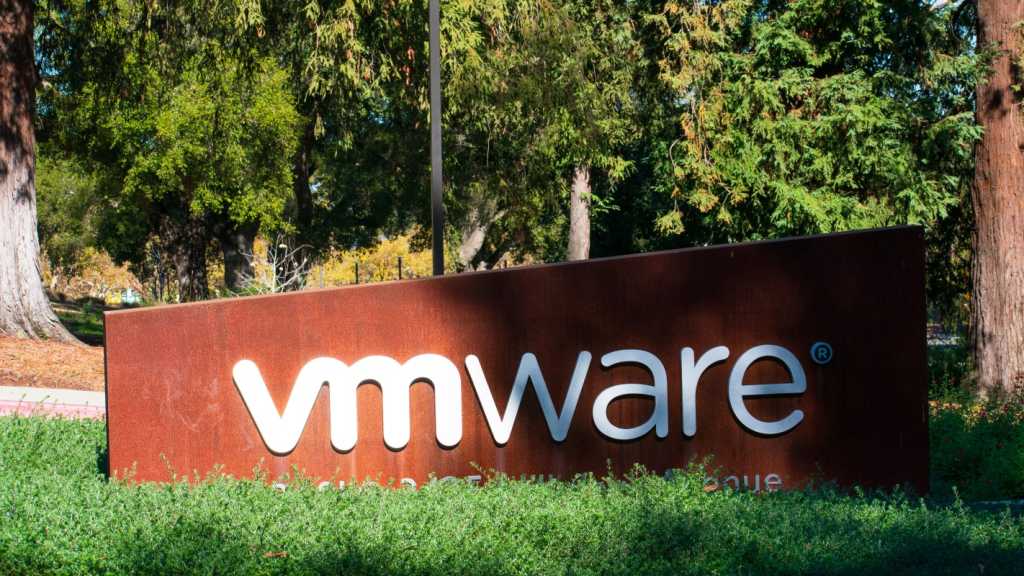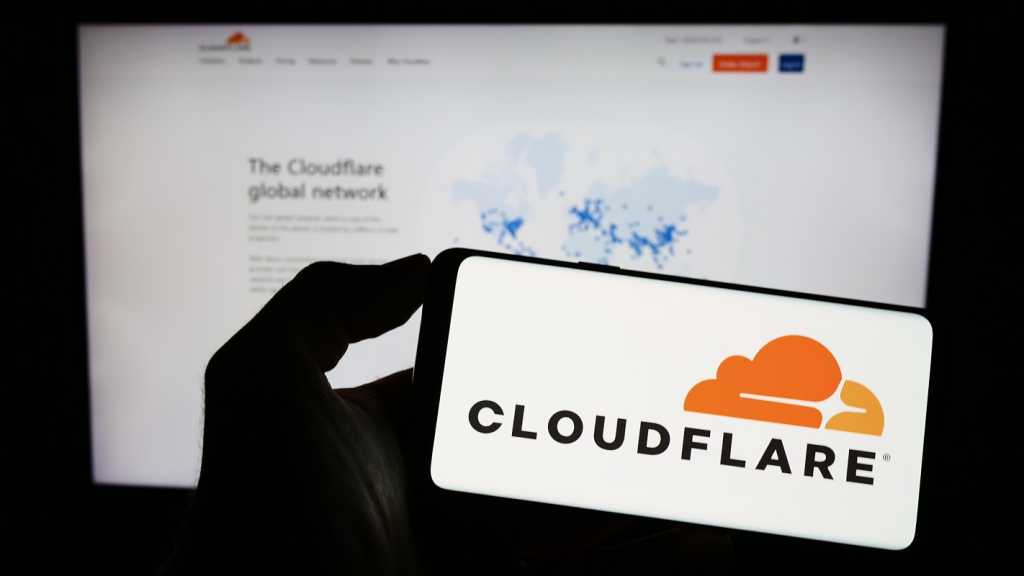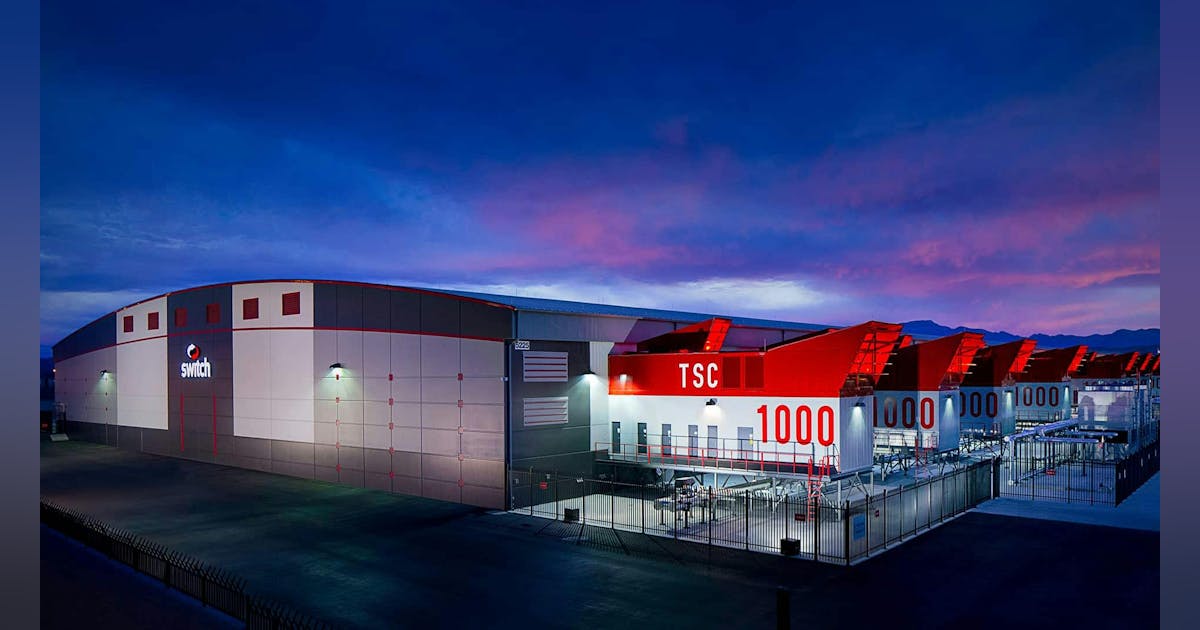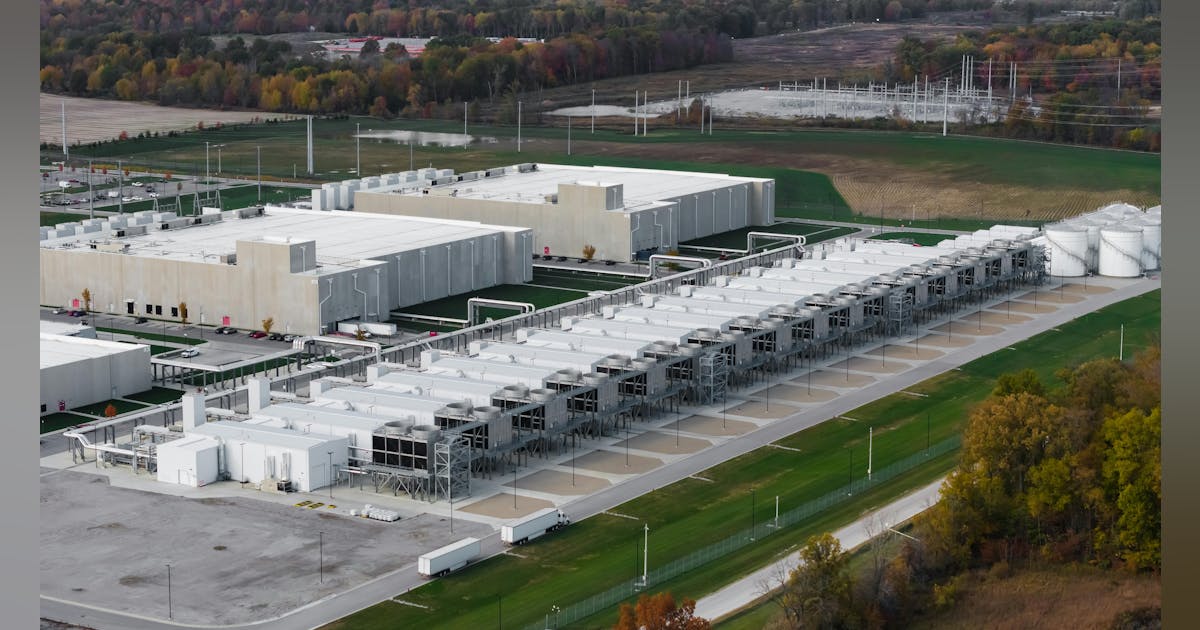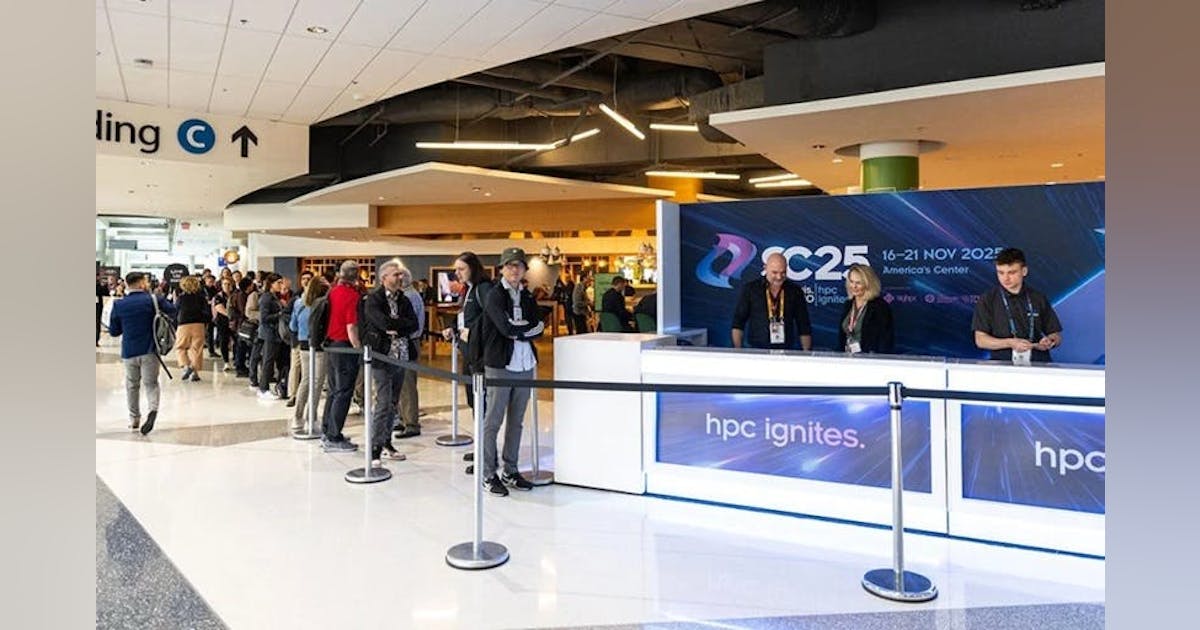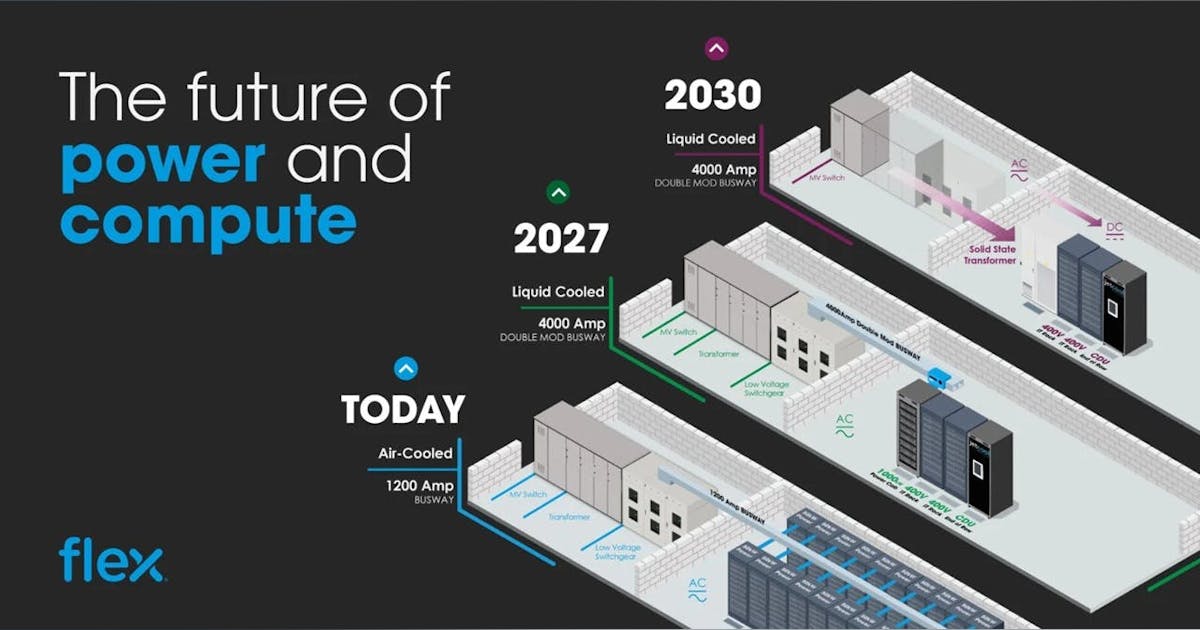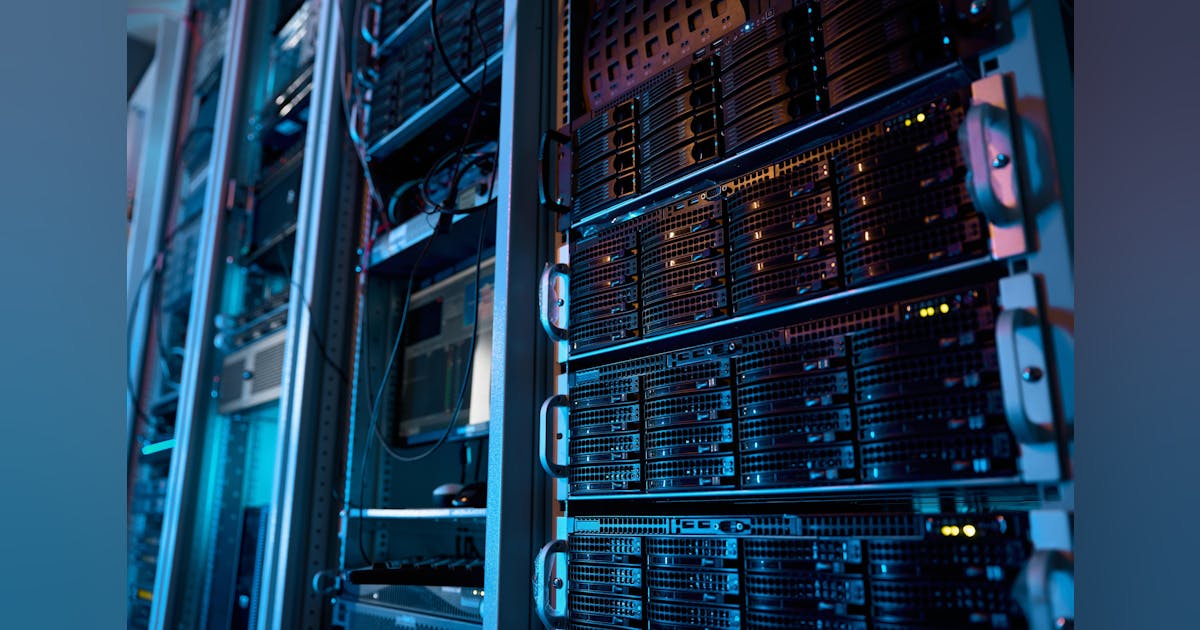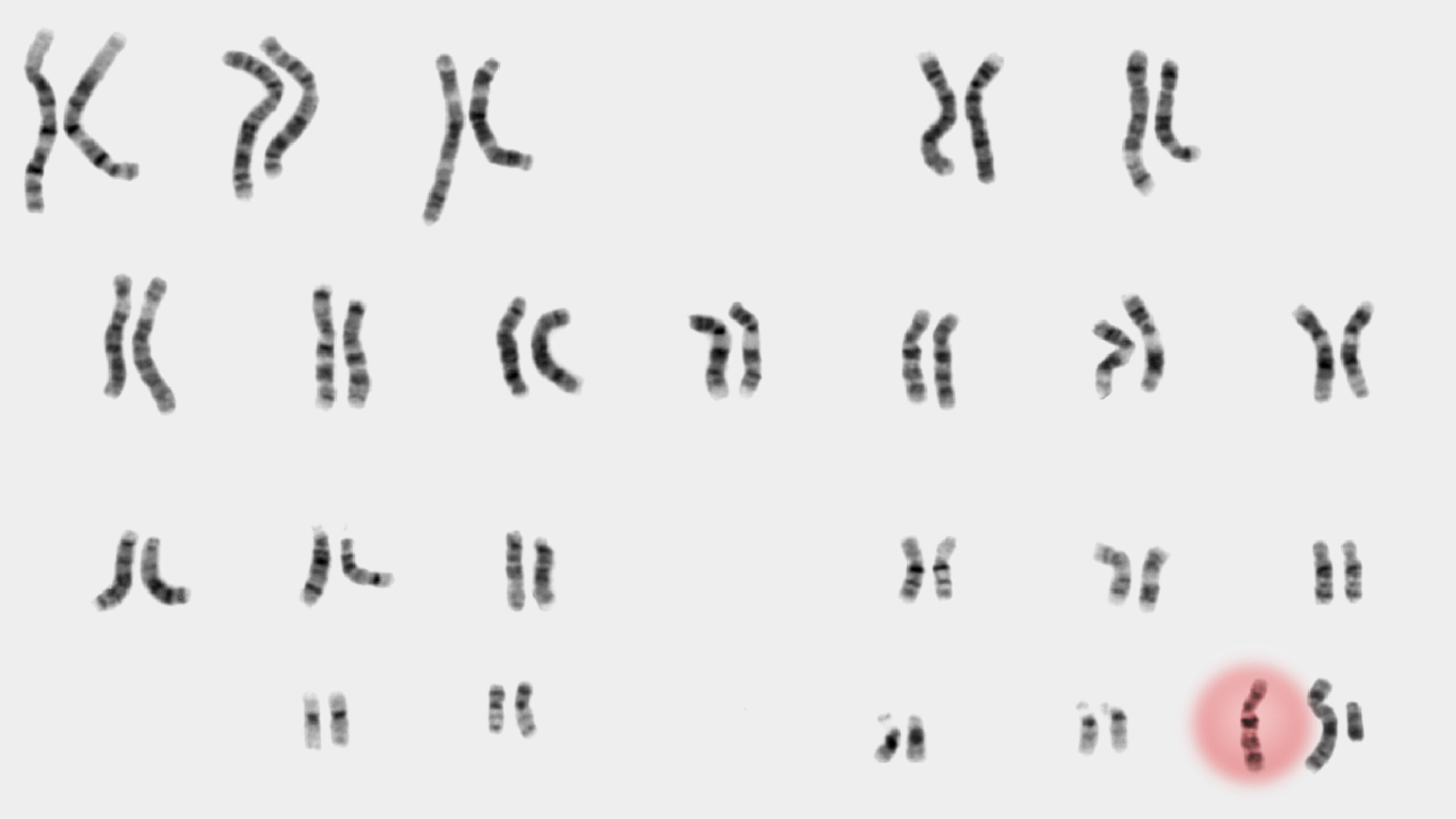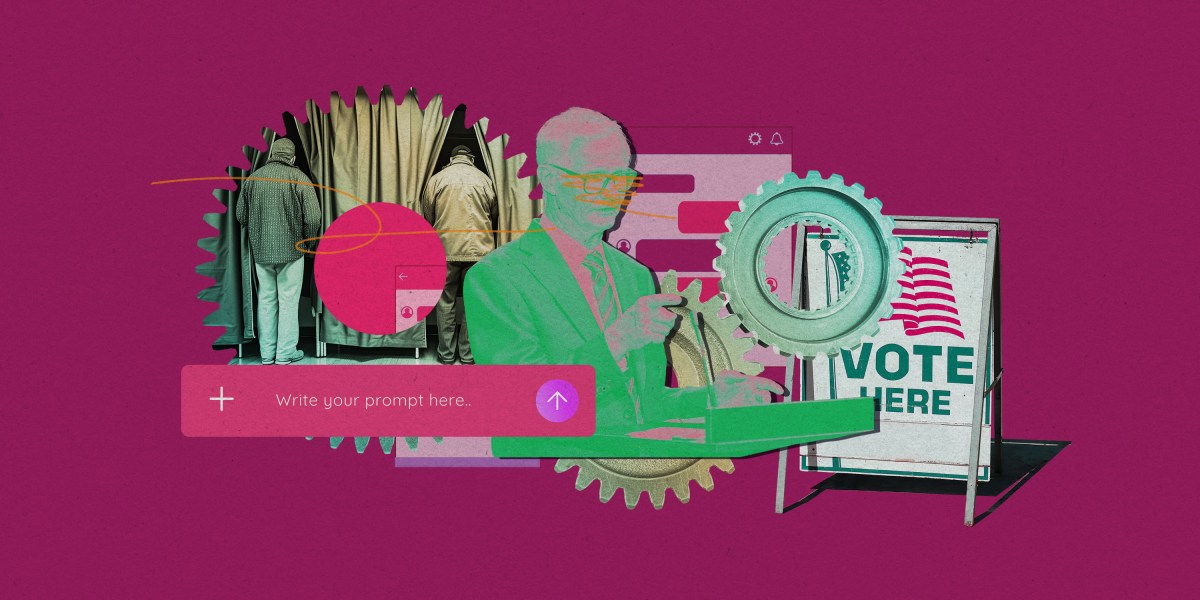
Across the US, utilities are making significant advancements in the energy transition, one such being electrification: switching end-use devices like heating systems and vehicles away from fossil fuels and onto electric fuel. Because electrification – and the associated demand increase – could increase system costs if demand is left unmanaged, a subsequent trend has emerged: demand management at the grid-edge. Utilities are investing in new solutions to serve customer demand (particularly from new grid-edge devices like EVs and heat pumps) more efficiently. An important tool in a utility’s demand management toolbox is pricing innovation – that is, developing new rate designs that more accurately communicate to customers the costs and benefits of their use of the power system. With new time-of-use rate designs, dynamic pricing models, location-based incentives, utilities have a wealth of solutions at their disposal. But to implement these pricing innovations at scale, utilities will need modern billing technologies that can keep up.
Implementing rate design innovation requires more than just smart meters
Over the last decade, US utilities have invested billions of dollars into advanced metering infrastructure (AMI). The transition away from manually-read meters to communications-enabled smart meters has allowed utilities to collect more granular consumption data from end customers. The value of these AMI investments relates to the outcomes utilities are able to achieve with this new, granular meter data. Utilities across the US are seeking to deliver value from their AMI investments by implementing time-varying rates for customers, something they weren’t able to do without granular meter data. However, many utilities are finding that even with modernized metering equipment, the process of implementing new rate designs proves difficult and expensive if their customer IT systems (specifically, billing) have yet to be modernized. Coding a new rate design or product offering into a legacy billing system can take months to years and cost millions of dollars. This implementation bottleneck posed by legacy billing technology comes at the expense of market innovation and system efficiency – and ultimately borne by ratepayers.
What features should modern utility billing technology include?
Ability to utilize new types of data for billing purposes: utilities are collecting new types and formats of data that could be used for price-setting and billing, from increasingly-granular consumption data (collected by smart meters) to individual preference information (collected through customer surveys). Billing technology must be able to efficiently make use of those new data types as they become available.
Configurability for new rate designs and pricing: as utilities explore new rate design offerings, they are moving from traditional flat volumetric rates to variable pricing structures that more accurately reflect marginal costs and benefits. Often implementing these has taken months or years to complete, costing millions of dollars in the process. Billing systems — and their necessary upgrades — should not serve as a bottleneck to rate design innovation.
Easily integrated with the full customer IT stack: designing new products and programs will only pay off if customers actually make use of those new offerings. To ensure robust uptake and enrollment, utilities will need to actively engage their customers regarding new products and programs, through tailored marketing and outreach, creative enrollment solutions, rate comparisons, etc. To do it well, this engagement will require a utility’s billing system to work with its other backend customer IT systems and seamlessly pass information between them.
Modern billing technology in action: Octopus Energy’s Fan Club and Agile Octopus Tariff
Octopus Energy, a retail energy supplier serving 7.95 million customers, is known for their innovative rate designs. In 2021, Octopus Energy’s British retail business launched a new product for electric customers called Fan Club. Fan Club is designed to increase popular support for onshore wind development by offering customers who live near certain onshore wind projects a discount off their electric supply rate in hours when those projects generate electricity.
Using Kraken’s billing platform, Octopus Energy cross-references a customer’s account-level zip code against the zip code of participating wind turbines (to check for participation eligibility) and then calculates and assigns bill credits to individual participants based on precise time-varying determinants (e.g. energy market prices, wind speed, etc.). Without Kraken, these billing processes may have otherwise been performed by different software programs, which could have been complicated and expensive to execute. With Kraken, Octopus Energy was able to implement Fan Club all from a single billing platform, in a matter of weeks.
Agile Octopus is another innovative smart rate that exposes customers directly to wholesale electricity market prices, using half-hourly market data. Customers enrolled on Agile Octopus are exposed to “plunge pricing,” which occurs in hours when more electricity is generated than consumed, resulting in negative price events. Customers receive alerts when wholesale prices drop below zero and can use an API from Kraken to program their smart devices (e.g. EVs) to charge when prices are negative. By consuming electricity when prices are negative, customers get paid for the electricity they use. This rate design is incredibly complex to bill because it relies on dynamic wholesale prices as key billing determinants. To implement this rate for customers, Octopus Energy required a modern billing system — which they found in Kraken.
Modern billing technology is foundational to the energy transition
To implement advanced rate designs that accelerate the energy transition and make full use of new data that is being collected at the grid edge, utilities will need to modernize their customer billing technology. Information technology vendors like Kraken are enabling this modernization by developing billing systems that allow for agility, scalability and innovation.

